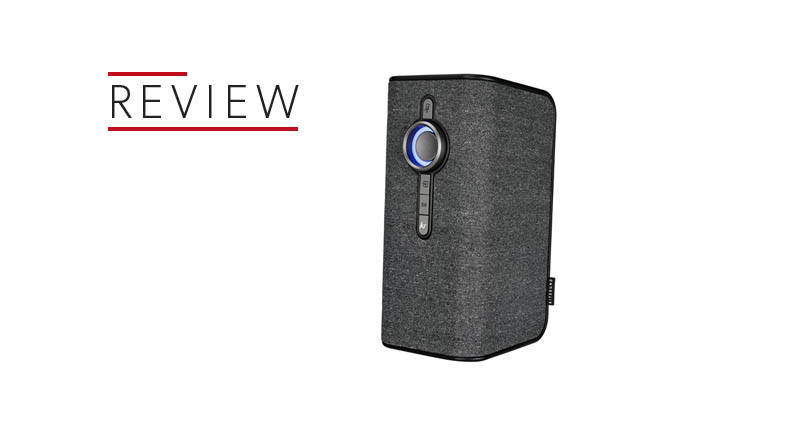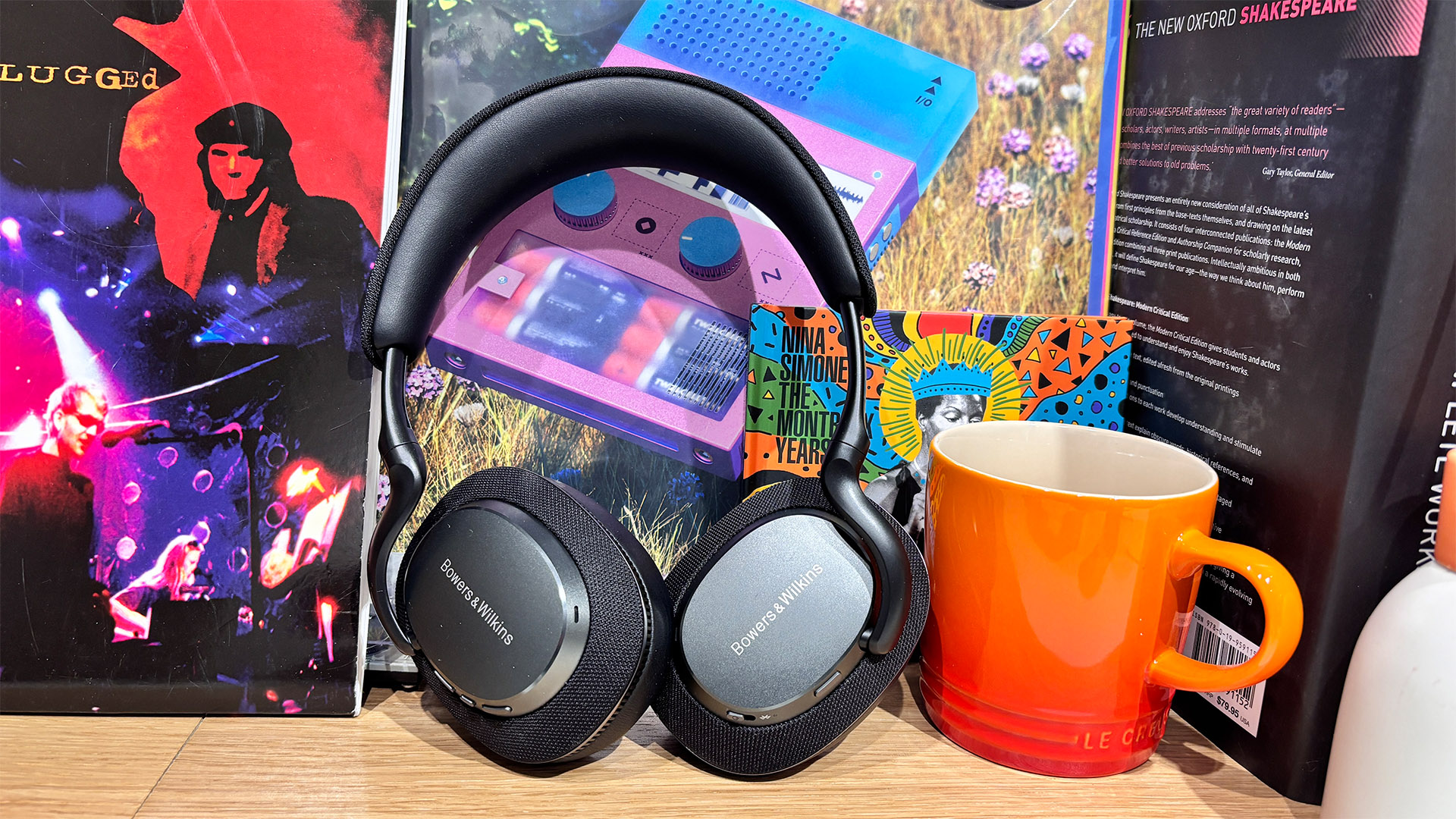What Hi-Fi? Verdict
An AI-enabled speaker that isn’t as half as smart as it needs to be
Pros
- +
Basic voice support
- +
Deep bass
- +
Acceptably loud
Cons
- -
Doesn’t have all available Alexa features
- -
Not very dynamic
- -
Boxy midrange
- -
Could be better organised
Why you can trust What Hi-Fi?
Amazon appears to be taking the same approach towards its Alexa voice assistant as the Borg did in Star Trek. In that series, the alien race annexed other species by fusing them with Borg technology, allowing them to be controlled via a hive mind.
Meanwhile, back on Earth, Amazon is aiming to conquer the market by putting its Alexa smart assistant technology in a whole range of products, including tablets, phones, and even refrigerators.
One such product is the KitSound Voice One, a wi-fi enabled speaker – and the first Alexa-enabled device to pass through our testing rooms not made by Amazon.
Features
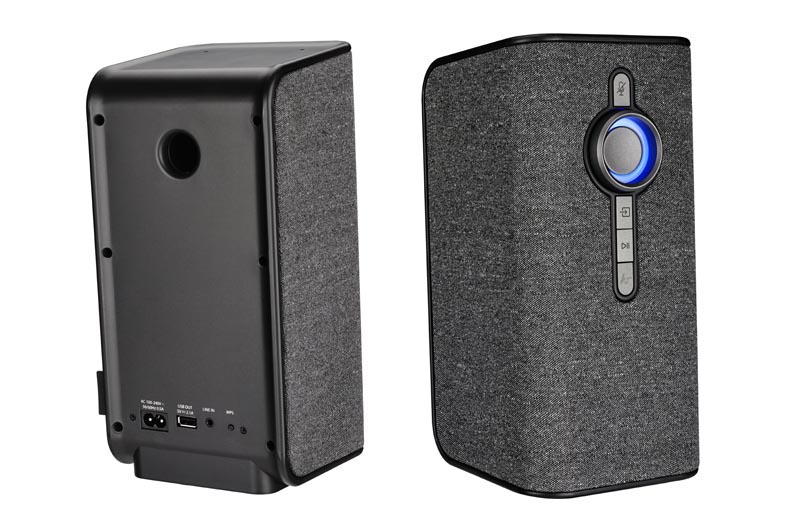
Alexa is Amazon’s equivalent of Siri or Google Assistant. Activate it by saying a wake word (“Alexa”), then you can give your speaker voice commands - including asking your speaker to read you the news, set timers or play music.
The Voice One does most of this, but the most important omission is the absence of Spotify. The Voice One supports Spotify Connect, for controlling and streaming music through its wifi connection, but you can’t play music from the service directly using a voice command.
KitSound says this functionality will be coming shortly, but in the meantime you’ll need an Amazon Music subscription to verbally summon music.
That wi-fi connection is just on the 2.4GHz band, while the Amazon Echo has dual 5GHz and 2.4GHz to reduce the risk of drop-out.
We don’t experience any issues with wirelessly playing music in our testing rooms, but those with less reliable connections might want to consider this (or connect via the Voice One’s Bluetooth 2.1 instead).
MORE: Amazon Echo review
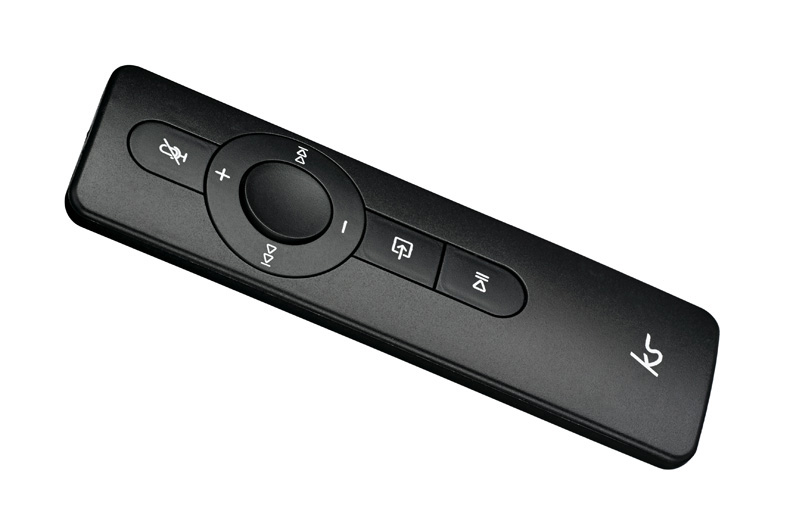
You can’t change the wake word, so Star Trek fans won’t be able to activate the Voice One by saying “Computer” (or “Amazon”, or “Echo”). It also can’t register different voices or make calls (KitSound says that’s coming in November), and you still need to go into the Alexa app to add skills.
Though each of these individual omissions isn’t a dealbreaker in itself, they do mean using the Voice One isn’t as straightforward as using the Amazon Echo.
And simplicity, as well as immediate access to the latest features, is one of the main benefits of having an AI speaker.
But that isn’t the only mark against the Voice One. There are only two microphones, while the Amazon Echo has a seven-microphone array - and in our experience, activating the speaker requires us to shout (especially when music is playing) while the Echo can be activated at a normal speaking volume.
MORE: Best speaker deals - hi-fi, Bluetooth, wireless
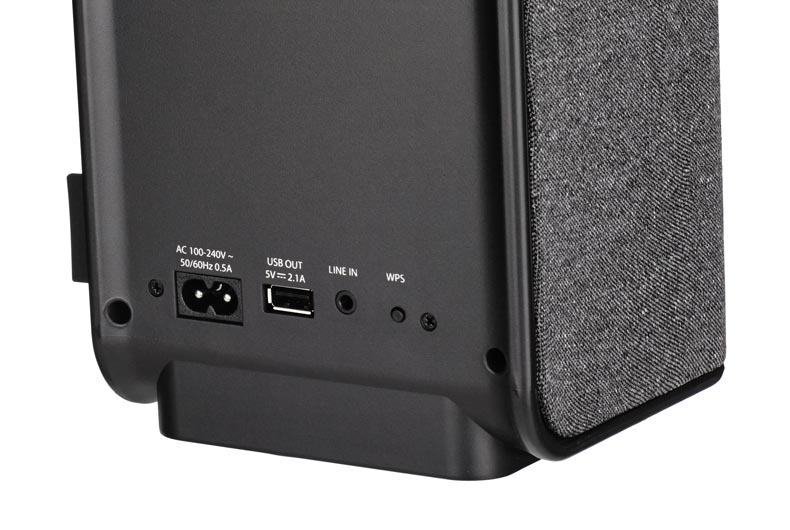
The KitSound app is straightforward to use, which is handy as it’s the way you direct music to the Voice One. It acts as a hub for other music accounts, such as Tidal, as well as any albums you have locally on your phone or tablet.
It’s certainly easier to get on with than Amazon’s Alexa app, and there’s also the option to pair multiple Voice One speakers for multi-room control.
A remote control is included in the box too, which allows you to mute the speaker, change the volume, or manage sources.
There’s also a 3.5mm input, and a USB-port for charging your smartphone on the back of the speaker - both of which the Amazon Echo lacks.
MORE: Best wireless speakers 2017
Build
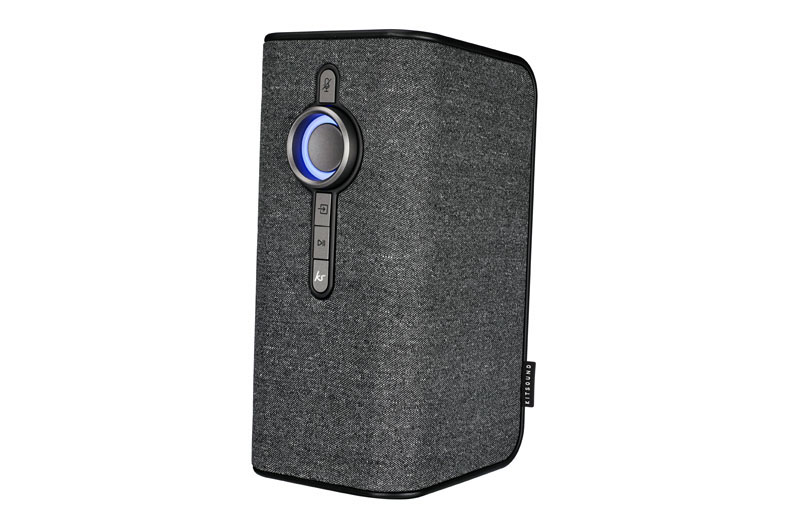
The Voice One indicator changes colour to indicate which source is currently being used. This shows up around the central dial on the front of the speaker (which also acts as a volume control).
The fabric cover is designed to protect against splashes, so you can place this speaker in your kitchen without fear of damaging it.
On the whole, the Voice One looks more expensive than it is - but that doesn’t translate to build quality.
The speaker doesn’t feel particularly solid, and tapping the top produces a plastic, hollow sound that illustrates just why it is priced as it is.
Sound
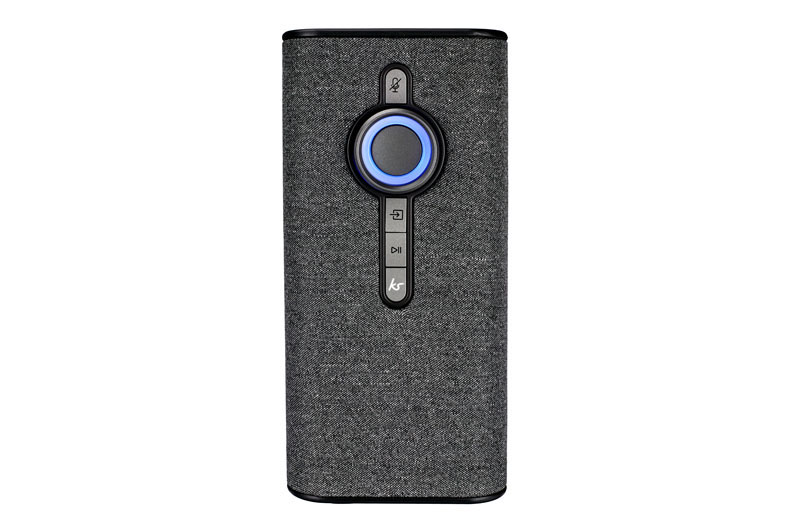
The Amazon Echo’s sound quality isn’t particularly special, so this is one area where the Voice One should be able to outshine its rival. However, its sonic capabilities also leave much to be desired.
The Voice One has more, and more powerful, bass than the Echo – due in part, no doubt, to its 64mm drivers and bass reflex port. This gives more weight to tracks like The xx’s Shelter, played through Spotify, which booms with each earthy drumbeat.
It’s capable of going loud enough to fill our medium-sized testing room, so the Voice One shouldn’t have any trouble overcoming any ambient noise in the kitchen.
MORE: Best Bluetooth speakers 2017
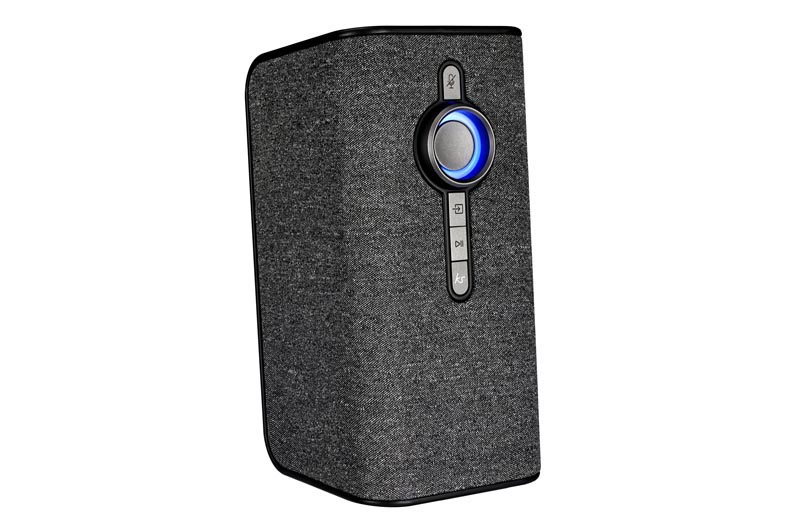
However, the moment Romy Madley Croft starts singing, it’s clear the Echo has the upper hand. It’s a cleaner, livelier sound that soars higher than the Voice One’s dual 10W drivers can manage.
The Voice One’s handling of the midrange comes across boxy and closed-in, unable to properly convey the haunting melodies of the track.
It’s also not a particularly organised or spacious sound. The Voice One isn’t quite as adept as the Echo at keeping a tight hold on each element.
It manages to integrate them, but the boundaries it provides aren’t especially clear. It feels like its powerful bass is intruding on the midrange and weighing it down, muddling the song’s cavernous quality.
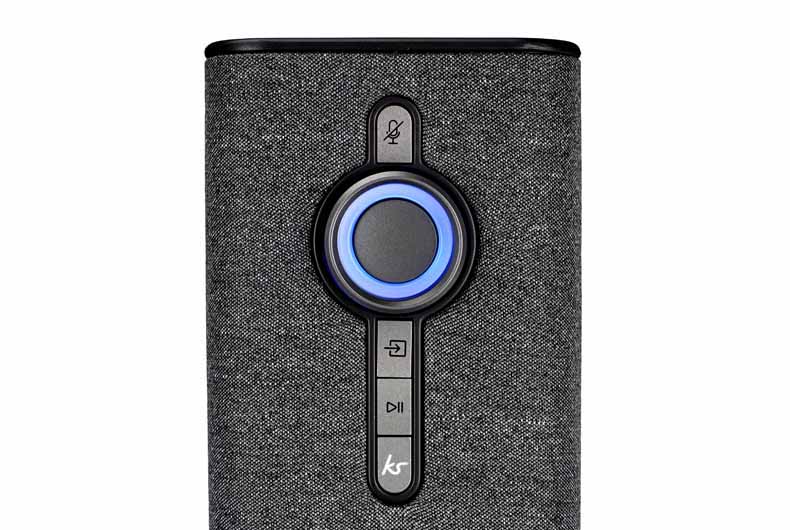
For a better sense of this speaker’s timing and dynamism, we play Daft Punk’s Get Lucky - but are we again left wanting.
The Voice One performs adequately, with a precise enough sound that doesn’t lose the pace of the song’s drumbeat - but it doesn't give you the same liveliness or sense of fun other speakers can.
With the classical score to the The Hobbit: An Unexpected Journey, the Voice One’s dynamics aren’t as elegant as we’ve heard from comparably priced speakers.
It certainly doesn’t have any trouble bringing up the high-pitched strings in Old Friends, but the build-up of tension and excitement before the grandiose, sweeping melodies isn’t explicit.
MORE: How to choose the right wireless speaker
Verdict
While we hope every product we test performs well, we specifically had high hopes for the Voice One.
With dedicated voice-controlled speakers seemingly becoming the norm, the more manufacturers integrating this function into their products the more it will encourage competition. And so, ultimately, should improve sound quality.
But in both its performance and range of features, the Voice One falls short. The sound quality is far too dull and cloudy to be properly enjoyable, especially in the midrange, and definite improvements are needed to compete with the Amazon Echo.
Much as we want to commend this non-Amazon product, our resistance ultimately proves futile. So for a good Alexa-compatible device, we’d suggest you stick with Amazon. For now, at least.
See all our KitSound reviews
What Hi-Fi?, founded in 1976, is the world's leading independent guide to buying and owning hi-fi and home entertainment products. Our comprehensive tests help you buy the very best for your money, with our advice sections giving you step-by-step information on how to get even more from your music and movies. Everything is tested by our dedicated team of in-house reviewers in our custom-built test rooms in London, Reading and Bath. Our coveted five-star rating and Awards are recognised all over the world as the ultimate seal of approval, so you can buy with absolute confidence.
